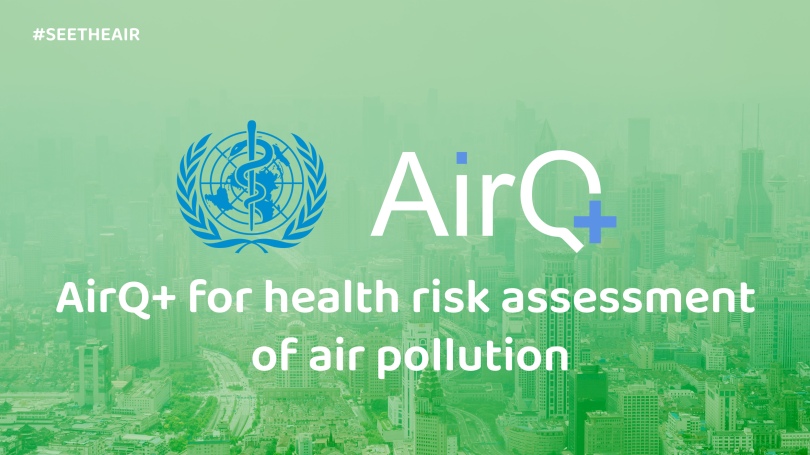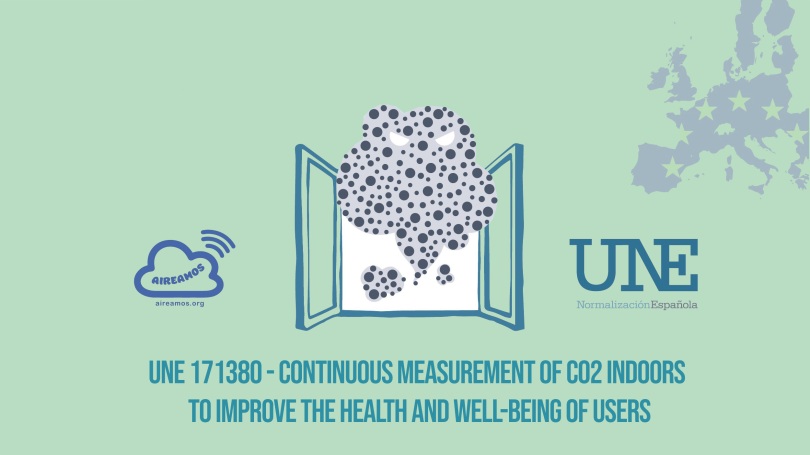Air pollution hangs heavy over many parts of the world, silently claiming millions of lives each year. Researchers and policymakers are locked in a crucial battle against this invisible enemy, and WHO AirQ+ software serves as a powerful weapon in their arsenal. Available for macOS, MS Windows, and Linux in English, French, German, Russian and Spanish.
This free, user-friendly software, developed by the World Health Organization (WHO), quantifies the health impacts of air pollution. It’s not just about measuring harmful particles or gases; it translates those numbers into real-world consequences, shedding light on the human cost of poor air quality.
How AirQ+ Works:
- Estimates Health Effects: Enter air pollution data for a specific location, and AirQ+ calculates the burden of diseases attributed to various pollutants like particulate matter (PM), ozone, and nitrogen dioxide. This includes premature deaths, respiratory illnesses, and other health problems.
- Short-Term & Long-Term Impact: Analyze both immediate effects from spikes in pollution and the accumulated burden from chronic exposure.
- Future Scenarios: Model the potential health benefits of interventions like reducing emissions or switching to cleaner fuels. Imagine thousands of lives saved, just by seeing the numbers.













